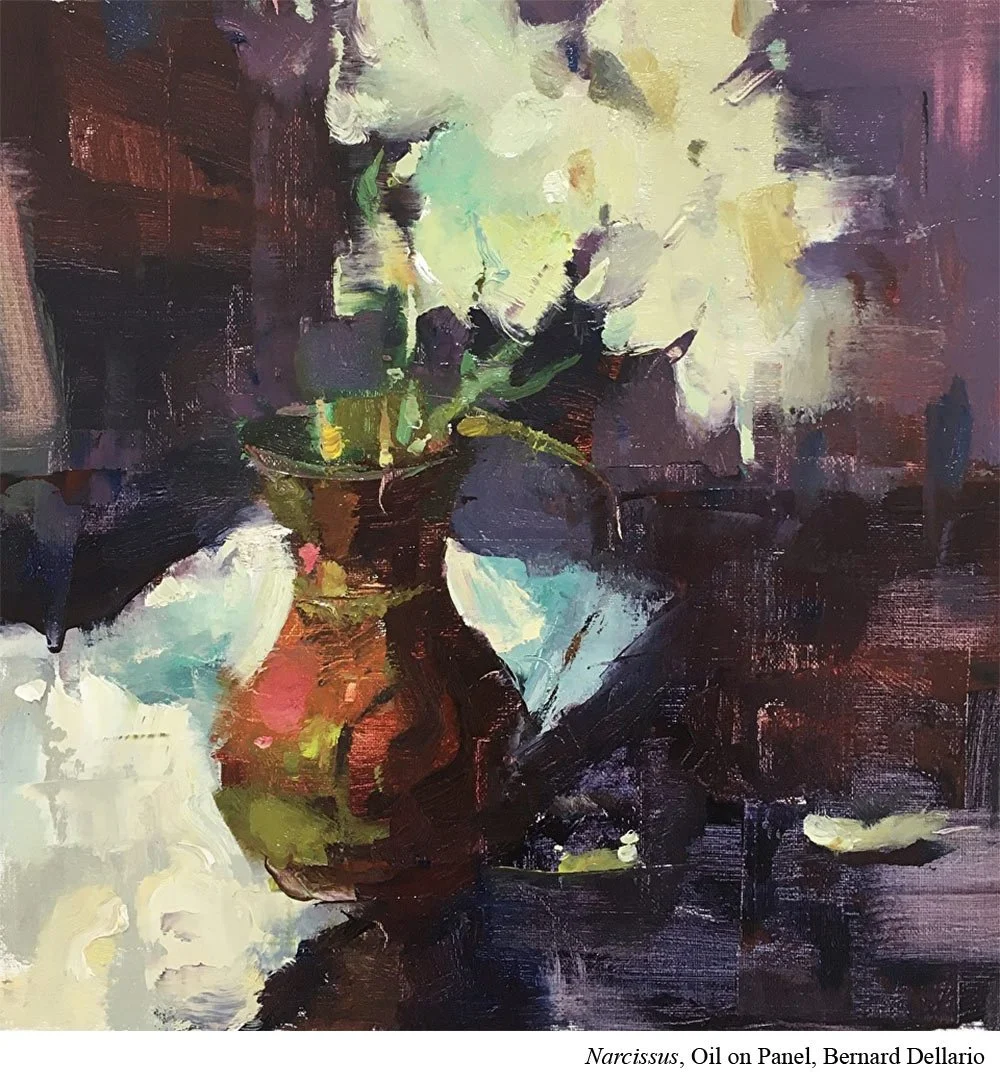How to Audition a Subject for Painting with Bernard Dellario
How many times have you looked at a scene or a reference and thought it would make a good painting…but then you get in an hour or two you realize maybe you were wrong?
It can be hard to know if what you’re looking at will work as a painting.
Bernard Dellario (Ep.54) has a suggestion for what to check in your reference before you begin.
Check your shapes.
A good painting has good shapes.
Even with beautiful color and amazing subject matter… if the shapes of your painting aren’t interesting and dynamic, very little can save that.
So when we are talking about shapes, what we are really talking about is value.
Put it to Practice:
This is why Dellario encourages you to pull out your paints and do a small three value study. That means white, mid gray and dark. (Or you could choose a single color plus white to get the range as well.)
The goal for this study isn’t accuracy or details or even to make a good painting.
It’s purely to audition the shapes you’re seeing in front of you.
Shapes make or break paintings.
And we’re talking big shapes. This isn’t about the details. You want to see if you can combine values to make interesting shapes.
For example, maybe you can combine the form shadow on a vase and the cast shadow on the table into one big dark shape. Maybe the petals and the leaves are all mid gray shapes.
Try a few options out. Because if you end up liking the value pattern in just three values, you’ve got a good chance that when you translate those values into more colors, you’ll still like your painting.
But if you can’t find a please combination of shapes, it’s probably a sign that this reference isn’t a great candidate for a painting.

